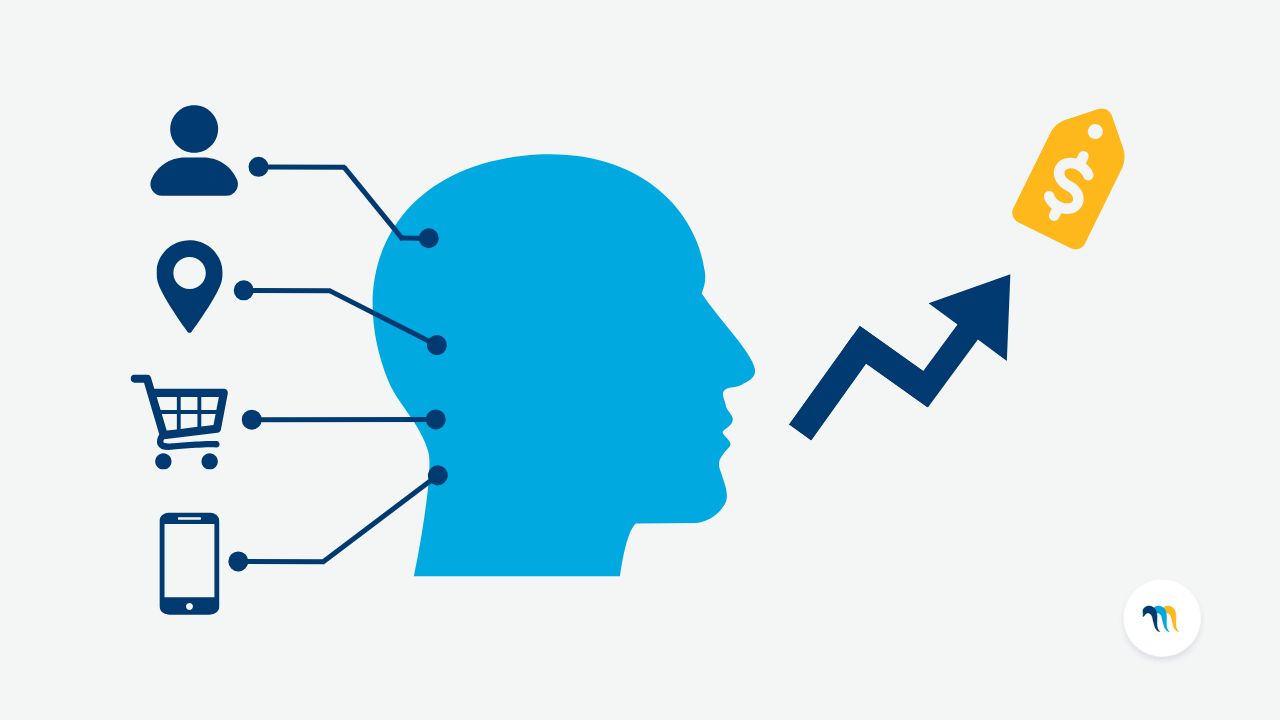
6 high priority metrics for online stores
Metrics is a tool used to analyse e-commerce performance and improve decision-making.
Metrics is a tool used to analyse e-commerce performance and improve decision-making.

Big data allows e-commerce businesses to access valuable information about the business to improve profitability and boost growth. Organising this data into different metrics and key performance indicators (KPIs) helps companies analyse their productivity and make optimal decisions to increase their revenue and user engagement. The tricky part is to select which of these metrics are the most pertinent to assess the e-commerce’s performance. From Minderest, we explain 6 high priority metrics you need to consider when analysing your online store.
The Customer Acquisition Cost (CAC) is the amount invested in acquisition campaigns to convert leads into end-users. To calculate the CAC, divide the investment made in marketing and advertising campaigns by the volume of customers gained over the same period. This is an essential metric to ensure the successful operation of the e-commerce business. If the CAC is higher than the amount spent by users in the store, losses can occur.
The conversion rate measures the volume of customers who enter the e-commerce site and complete a purchase. It is one of the key indicators of online store performance. To calculate the conversion rate, divide the number of users who have purchased a product by the total number of visitors over a specific period. If the conversion rate is very low, you can assess various changes to the website to encourage greater consumer interest. You should also review your pricing strategy.
Basket abandonment is one of the main factors that reduce the conversion rate. Therefore, you need to know the basket abandonment rate, i.e., the number of users who place products in the trolley or basket and do not complete the payment. You also need to know who they are and what interests them. This allows you to initiate remarketing campaigns such as sending reminder emails or push notifications, to encourage them to return to their shopping basket, or make new purchases.

Now you know the conversion rate and how much it costs to attract new customers. It is also essential to have up-to-date information about how many users are loyal to the brand. The retention rate allows you to calculate how many customers continue to buy from the e-commerce business after the first order. It is critical as loyal consumers generally account for the majority of sales.
The Customer Lifetime Value is also essential to know which customers are most profitable to target loyalty campaigns. This data reflects the total revenue generated by a user in the e-commerce business since their first purchase. So, you can target your campaigns and offers especially to the most profitable customers, those who buy more and most frequently.
Although this is a more subjective metric, it is also essential to know the user’s feel-good factor with the brand. This is one of the factors that will encourage users to make new purchases in the future. To find out the level of customer satisfaction, you can use tools such as web-based questionnaires and social media. Alternatively, you can analyse feedback through the customer service department.
Finally, in an overall analysis of your e-commerce business, don’t forget to add the company’s profit margin to these metrics. Based on this, you can consider new pricing strategies to increase revenue, always being aware of the competition’s prices and the level of supply and demand. Combining competitive pricing with a good shopping experience will be the key to improving your KPIs.
Find out how Minderest can take your business to the next level.
Contact our pricing experts to see the platform in action.


